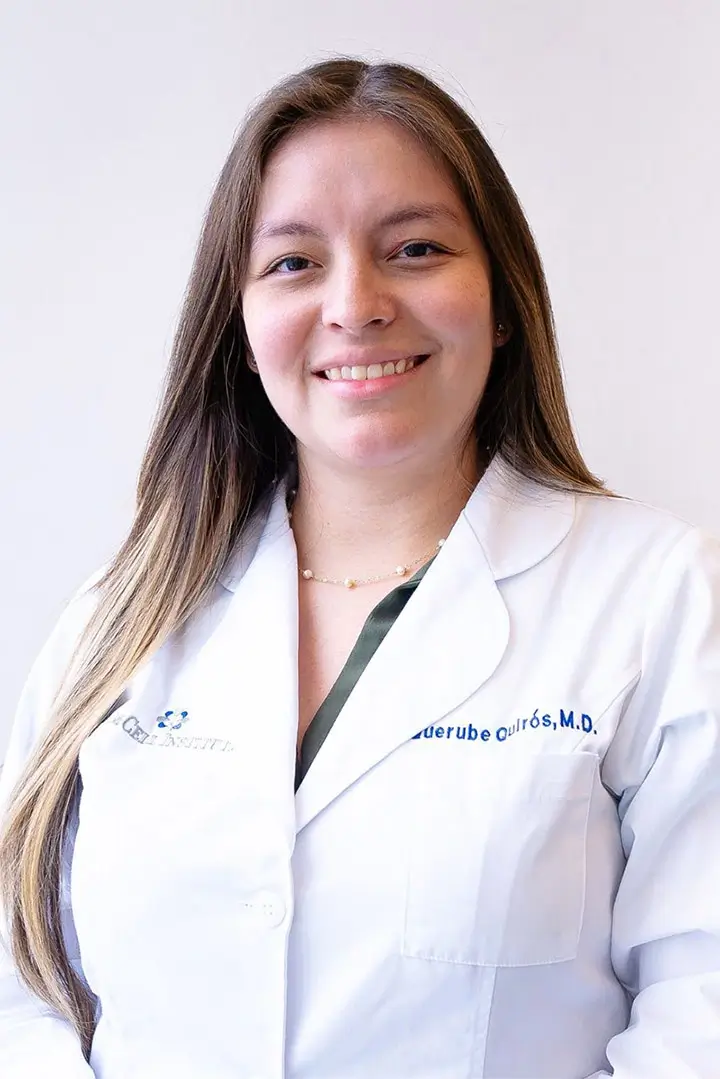Scientists have discovered a new method for stimulating endogenous heart stem cells to heal damaged heart tissue. Although the study was conducted in an animal model, the results of the study have direct applications to the treatment of various heart conditions in humans.
Led by Dr. Bernhard Kuhn of Harvard Medical School, researchers at Children’s Hospital in Boston have found that the protein neuregulin1 (NRG1) can be used to stimulate endogenous heart stem cells to re-enter the cell cycle, thereby allowing the stem cells to regenerate new heart tissue.
As Dr. Kuhn explains, "To my knowledge, this is the first regenerative therapy that may be applicable in a systemic way. In principle, there is nothing to preclude this going into the clinic. Based on all the information we have, this is a promising candidate."
For example, Dr. Kuhn and his colleagues surmise that someday it might be a routine protocol for patients to receive daily infusions of NRG1 over a period of weeks. As Dr. Kuhn adds, "Contemporary heart failure treatment is directed at making the remaining cardiomyocytes function better, and improvements in outcomes are harder and harder to achieve because these therapies have become so good. But despite this, heart failure is still a fatal disease. Therapies that replace lost heart muscle cells have the potential to advance the field."
Adult stem cells are already known to reside in a number of various tissue types throughout the human body, and they are suspected of residing in all tissue types. Although an endogenous heart stem cell has been identified and is known to exist, it does not exist in large numbers throughout the heart and is therefore not usually sufficient, in and of itself, to repair damaged heart tissue following an acute event such as a heart attack. A number of studies have examined various ways of stimulating other types of stem cells that are not found in the heart to differentiate into new heart cells, but Dr. Kuhn’s study is unique in that it has demonstrated a novel approach to stimulating the endogenous heart stem cells that are already in the heart to regenerate the heart’s own tissue.
In the study, the scientists treated mice with daily injections of NRG1, beginning at one week following the laboratory-induced injury. Within 12 weeks, the mice not only exhibited improved heart function, but they were also found to have an increased number of resident heart muscle cells as well as a reduction in heart muscle scar tissue. As Dr. Kuhn explains, "Most of the related cell death had already occurred. When we began the injections, we saw replacement of a significant number of cardiomyocytes resulting in significant structural and functional improvements in the heart muscle."
In 2007 the the same team of scientists reported that the protein periostin – which is found in developing fetal heart and injured skeletal muscles – also induces cardiomyocyte production and improved heart function in rats. Instead of being injected, however, the periostin was administered via patches that were placed directly on the heart tissue. In light of this current, new study, further trials are now proposed in which periostin and NRG1 could be used together as a combined therapy. According to Dr. Kuhn, "During initial treatment, patients might receive neuregulin injections, and once they are stable and out of the ICU they might be taken to the cath lab for a periostin patch."
According to Duke University cardiologist Dr. Richard C. Becker, who is also a spokesman for the American Heart Association, "This is something that I suspect people in the field of cardiology will be very excited about, and I suspect this interest will stimulate additional research."

